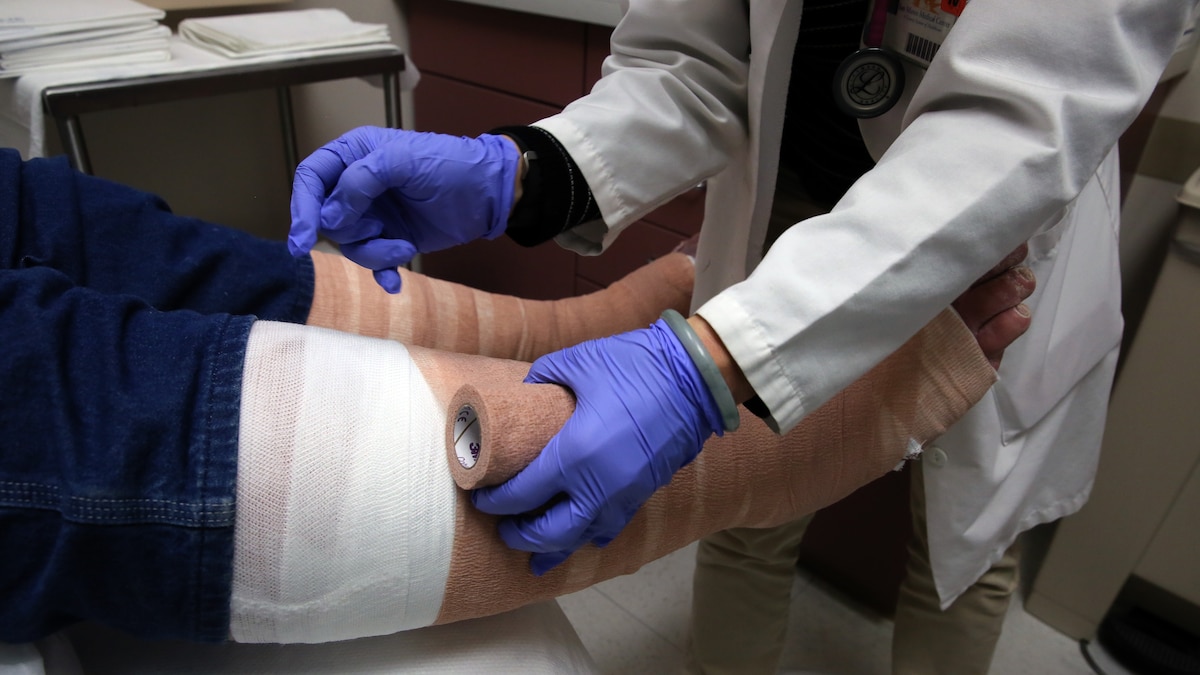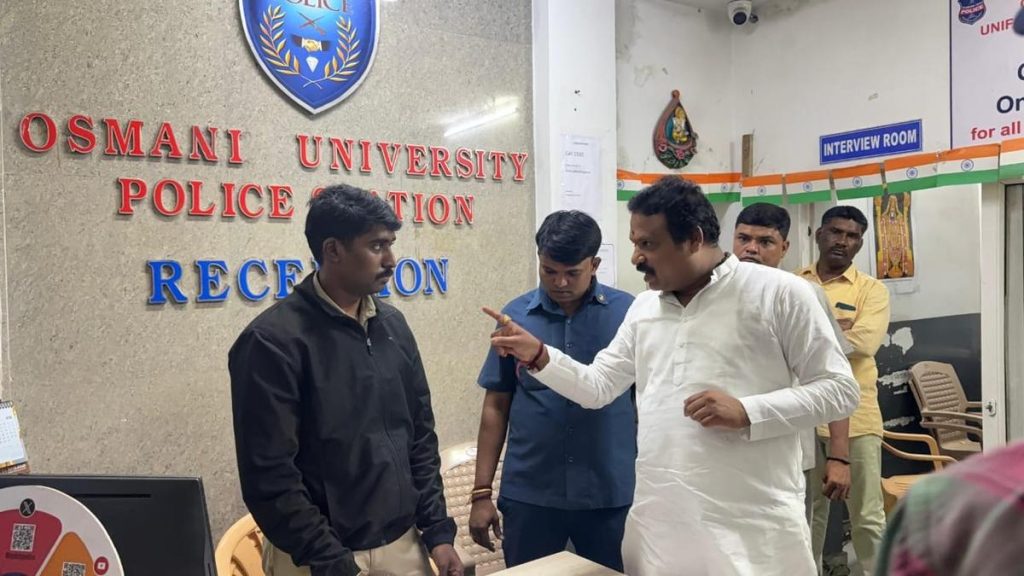Now Reading: Underdiagnosed Vein Disorder Impacts 40% of Americans
-
01
Underdiagnosed Vein Disorder Impacts 40% of Americans
Underdiagnosed Vein Disorder Impacts 40% of Americans

Quick Summary
- Condition Overview: Chronic Venous Insufficiency (CVI) occurs when leg vein valves weaken or are damaged, causing blood to flow backward or pool in the legs. This increases venous pressure, leading to inflammation and tissue damage.
- Prevalence: CVI affects an estimated 40% of Americans, with higher prevalence among women over 50, pregnant individuals, sedentary people, and those with obesity or related venous diseases. It has a hereditary component.
- symptoms: Early symptoms include tightness in calves, aching legs after prolonged use, swelling, cramping. Advanced symptoms include skin changes (discoloration,itchiness),varicose veins,slow-healing ulcers.
- Risk Factors: Smoking, high blood pressure; jobs requiring prolonged sitting/standing; history of thrombosis; and obesity increase likelihood.
- Challenges in diagnosis: Symptoms often mistaken for aging effects or unrelated skin issues like eczema delay treatment.
- Treatment Options:
– Conservative methods: Leg elevation above heart level during the day; compression garments; lifestyle changes such as regular exercise and weight management.
– Medical Interventions:
– Non-invasive procedures like medications (blood thinners/diuretics).
– Surgical options including vein stripping/sclerotherapy/endovenous ablation depending on severity.
Indian Opinion Analysis
India may face similar challenges given rising rates of sedentary lifestyles linked to urbanization and increasing incidences of obesity and cardiovascular conditions among its population. Awareness about CVI remains low globally despite its widespread prevalence-a concern that likely resonates within India’s healthcare landscape where timely diagnosis tends to lag due to misconceptions about age-related ailments.
Efforts should focus on preventive healthcare measures such as health education campaigns targeting early identification of CVI symptoms alongside promoting active lifestyles and healthier habits across all demographics. Accessibility for advanced vascular treatments could also emerge as critical interventions within India’s medical infrastructure to manage growing cases effectively.
Read More at National geographic.























